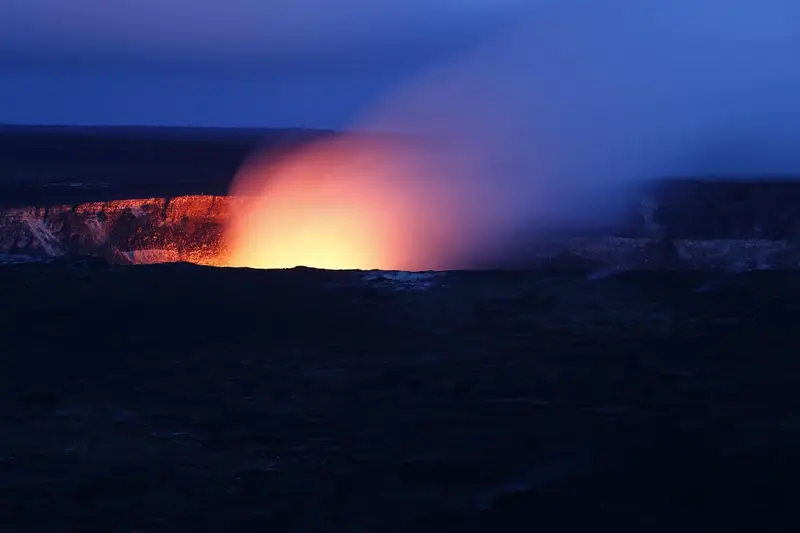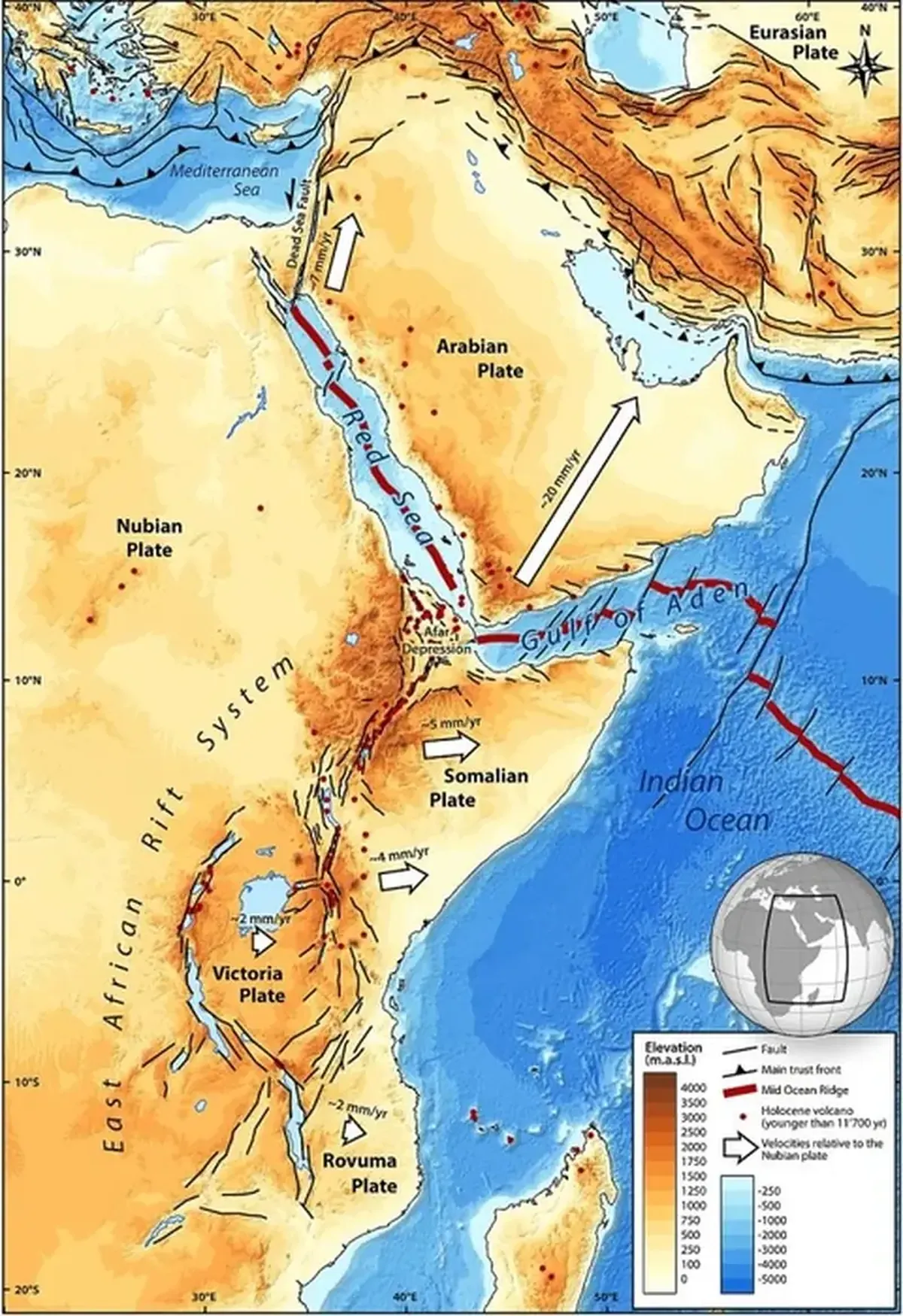
Researchers from Swansea University and the University of Southampton (UK) have reported that beneath Ethiopia, at the Afar Triple Junction where three tectonic plates converge, molten magma is pushing up from below the Earth’s crust. From this area, rhythmic sounds can be heard, resembling a pulse.
Here, the continent is slowly tearing apart. This is an early stage in the formation of a new oceanic basin. By collecting chemical signatures from volcanoes around this region, a team led by Emma Watts aimed to learn more about this fascinating process.
Constant Renewal of the Planet
“We found that the mantle beneath Afar is neither homogeneous nor static. It pulses, and these pulses carry distinct chemical signatures. These ascending pulses of partially molten mantle are directed towards the rift plates above. This is significant for how we envision the interaction between the Earth’s interior and its surface,” noted Ms. Watts.
The surface of our planet is in a state of constant renewal. Tectonic plates are not fixed for eternity; they shift, collide, and even slide past one another. The places where they meet are often hot spots of geological evolution. Intense volcanic processes occur there, reshaping the surface from below.
The Afar Junction is where the Arabian, Nubian, and Somali plates converge. Each of them is moving in its own direction, creating a rift. Eventually, the crust here will become so thin that the surface will drop below sea level. As a result, a new oceanic basin will form near the Red Sea, according to Science Alert.

Scientists suspect that the rise of the mantle plays a significant role in this process of continental breakup. However, understanding this process is quite limited. Researchers cannot simply dig deeper to see what is happening down there. Therefore, Watts’ team found another way: they decided to study material that had been ejected from the mantle to the Earth’s surface by volcanoes.
What Did the Scientists Discover?
Geologists collected and analyzed 130 volcanic rock samples from the Afar region and the Main Ethiopian Rift. In addition to chemical analysis, the team conducted extensive modeling to understand what is happening beneath the triangle.
The results revealed distinct chemical stripes that repeat throughout the rift system. These were created by a single asymmetric plume of material being pushed upward.
Geologist Tom Gernon, a co-author of the study, stated: “The chemical stripes indicate that the plume is pulsing, like a heartbeat. It seems these pulses behave differently depending on the thickness of the plate and the rate at which it is breaking apart. In rapidly expanding rifts, such as the Red Sea, the pulses spread more efficiently and regularly, like a pulse in a narrow artery.”
What Conclusion Can Be Drawn?
If the team’s model is correct, it suggests that mantle plumes and deep-water rises may form under the influence of the dynamics of the tectonic plates above them. This discovery could be used for future research into the activity that continually reshapes our planet.
“We found that the evolution of deep mantle plumes is closely linked to the movement of the plates above them. This has profound implications for how we interpret surface volcanism, seismic activity, and the process of continental breakup,” remarked co-author Derek Keir.
According to him, the research showed that deep mantle plumes can flow beneath the tectonic plates and contribute to the concentration of volcanic activity where the tectonic plate is thinnest. Future studies should focus on how and at what speed the mantle moves beneath the plates.
The results of the study were published in the journal Nature Geoscience.
